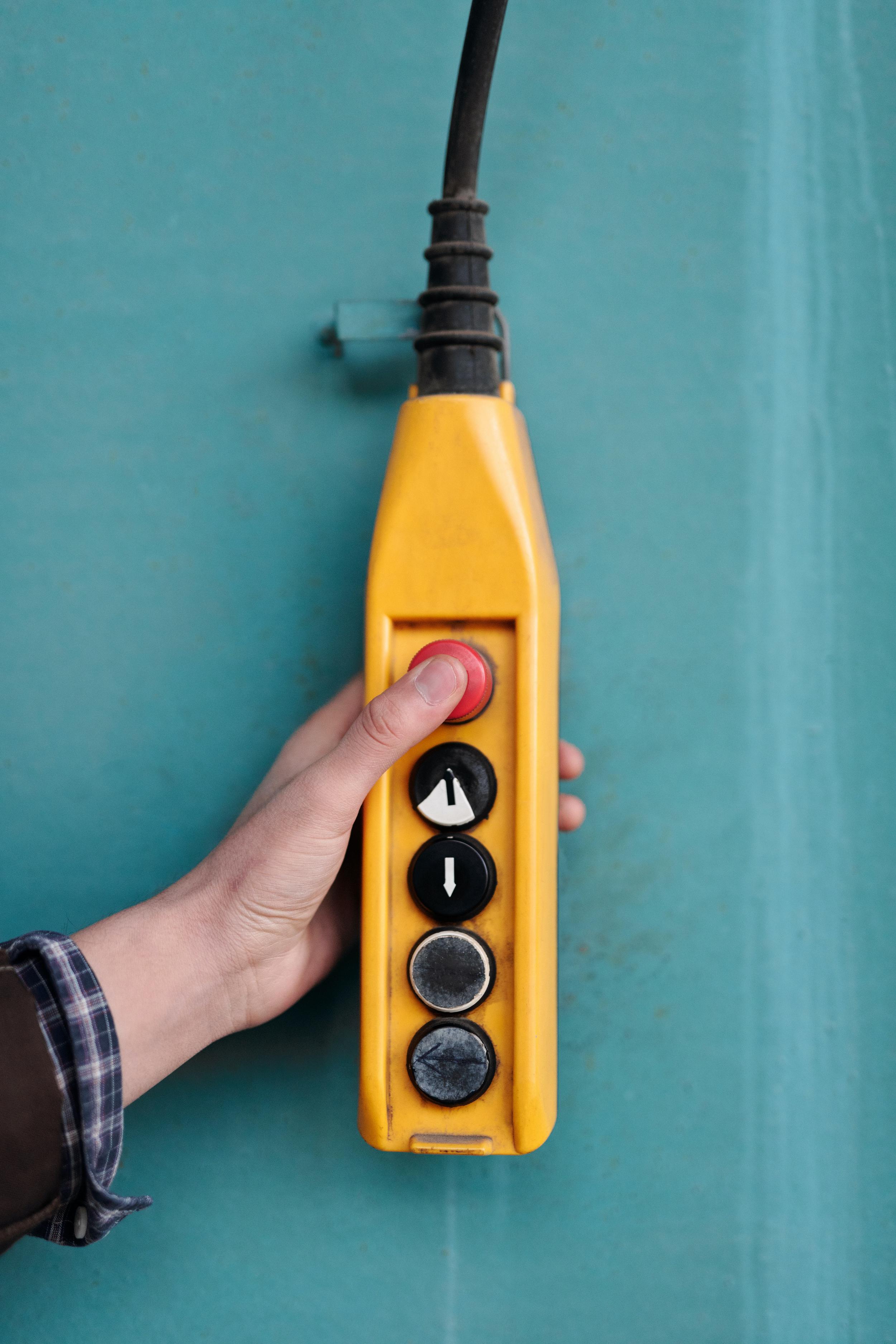
Cranes are complex machines, which means that there’s plenty that can go wrong. Whether you’re concerned about the structural integrity of the crane’s rails and girders, have electrical problems, or something as simple to identify as a bent hook, it’s important that your team knows how to run overhead crane troubleshooting. At T&M Cranes, we’re experts in crane service and repairs, so we can help walk you through some problems you might have with your crane.
Bent hooks
The hooks on your crane are a small but essential piece that ensures both proper function and success. Daily inspections of hooks are to be performed to verify that the strength of the hook hasn’t been compromised as it’s bent, warped, or cracked after heavy usage. Damaged hooks can cause problems with the entire system as they can drop a load as they break or have a load slip through the throat opening as a result of a bent hook. Keep in mind that hooks don’t always bend vertically. Horizontal bends can also be problematic.
Worn bearings
Bearings are installed in cranes to reduce friction in any area of articulation and ensure rotation accuracy. Worn bearings can cause excessive wear and tear on parts of the crane that rely on them to provide smooth movement. What’s more, bearings that need to be replaced can lead to corrosion as a result of friction at structural joints.
Understand that an articulation point can still have interrupted movement or flow with bearings that don’t need to be replaced. Oxidization, alignment issues, and carbon buildup can prevent your crane from moving as smoothly as it should. Specifically, check the bearings to verify that they’re the issue before replacing them.
Structural problems
Your crane has a strong structural system that’s designed to handle heavy payloads. Any part of that structure that’s been compromised can lead to severe damage to the crane or injuries to your team. The structure includes the runways, rails, and girders that hold the system aloft. Listen for scraping sounds, abnormal movements, or anything else that seems out of the ordinary. You can have your crane serviced for a repair at a much lower cost than replacing the entire system or anything else that might come as a result of damage.
Damaged wire
Normal wear and tear on the wires are eventually going to cause them to wear out. Regular usage and environmental factors can contribute to a dammed wire. Unraveling strands, corrosion, and other visible damage can cause significant damage. If you notice any damage on a wire, stop operations immediately and don’t commence until the wire has been properly replaced.
Faulty electrical system
You can easily tell if your crane’s electrical system is failing or needs service by the way that it feels when you operate it. You might feel that there’s a consistent lag in the system, spotty responsiveness, or inconsistent movement. While it might feel like nothing more than a minor inconvenience, a failed electrical system can be expensive to repair and dangerous to everyone involved with the crane’s operations. Bring in a professional to inspect your electrical system to identify whether the system as a whole has a problem or if the problem lies solely with the crane controls.
Get in touch for help
Reach out to our team at T&M Cranes today for help with overhead crane troubleshooting. Our team of experts is available 24/7, so we can come out anytime you need us. Give us a call at 800-552-6720 or send a message via our online contact form. We look forward to helping you with your crane.